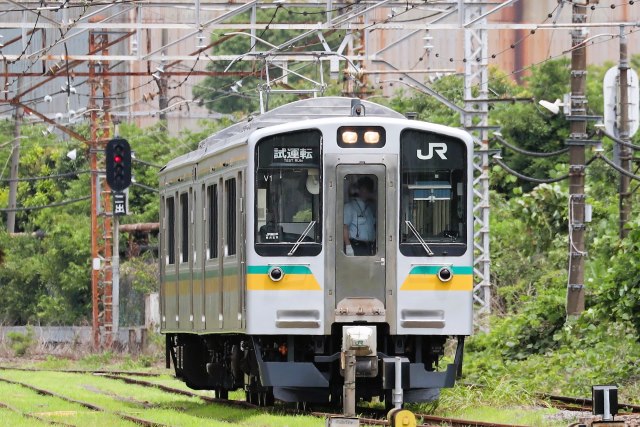There are more topics to post on my mid-summer trip to Atami City. After enjoying photography of the aerial tramway at Atami Port, I visited Jukkoku Pass for the first time in eight years.
Let me quickly review Jukkoku Pass. It's a viewing spot in the northern part of Atami City. The elevation is 770 meters above sea level. It has the best view of the mountains and the ocean. "Jukkoku" is the Japanese word for "ten domains". It means that people could view ten feudal domains from this pass in ancient times.
To get to this viewing spot, Jukkoku-touge Cable line is convenient. This route was inaugurated by Sunzu Railway Company in 1956. Connecting Jukkoku-touge Noboriguchi and Jukkoku-touge stations, the route length is 317 meters. The height difference between the two stations is 101 meters. The maximum inclination is 22 degrees and the track gauge is 1,435 millimeters. It takes about three minutes to go one way. Two Hitachi-made funiculars, namely "Hikane (number 1)" and "Jukkoku (number 2)" debuted in 1956, when the route was opened. They are operated every 15 minutes on average.
What's new with this short funicular line? The owner of the line was changed from Izu-Hakone Railway (Seibu Group) to Fujikyu last year. In line with this business transfer, the color design of the gondola bodies has been changed. The former white-based "Seibu Group corporate color" has been changed to two-toned of beige and light blue. I hope that Fujikyu will value this historical funicular business.



















